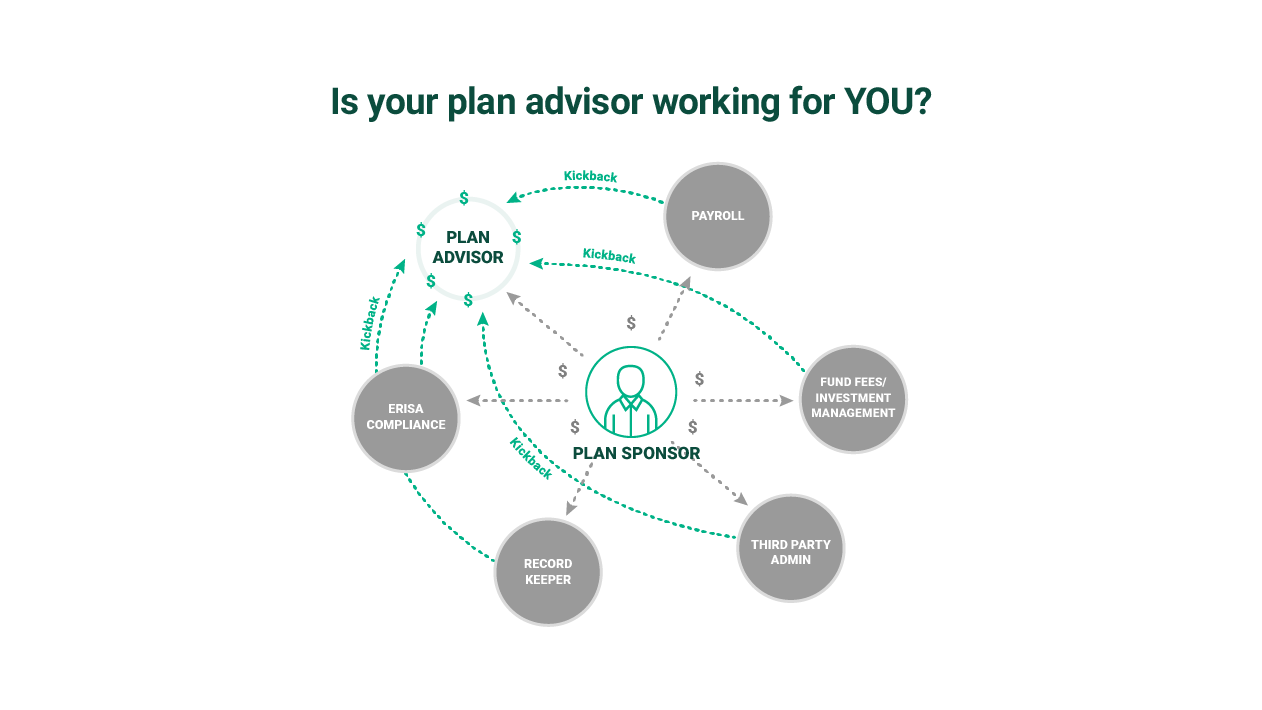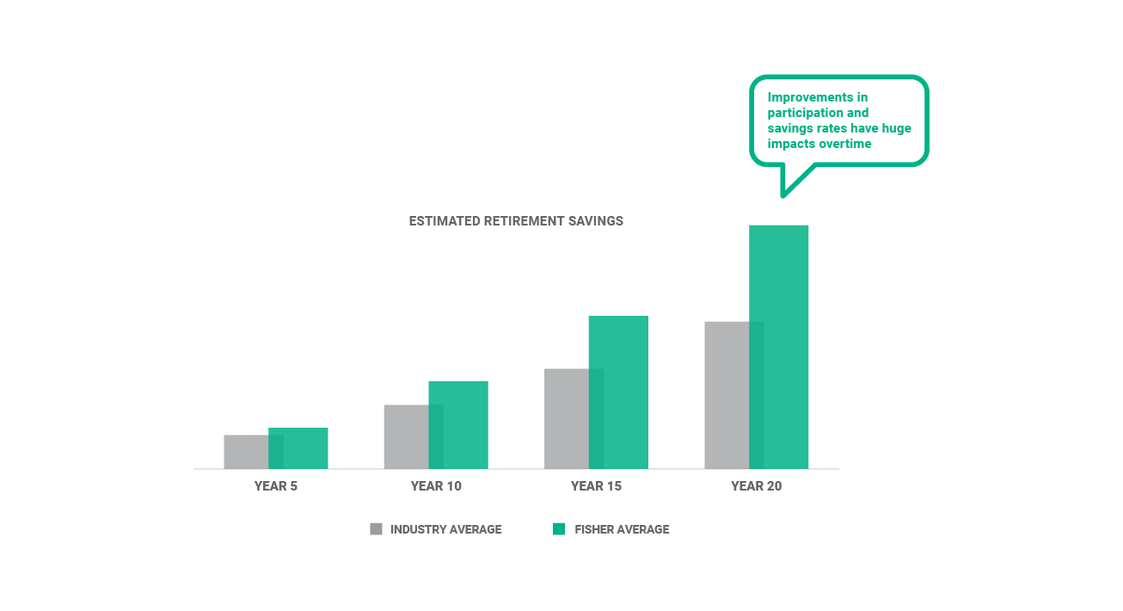Business 401(k) Services / Plan Administration
What Every 401(k) Admin Should Know About Corrective Distributions
Sometimes expectations don’t meet reality. If your 401(k) distributions are discovered to be “top heavy” during compliance testing, you may need to make corrective distributions.
Let’s dig a little deeper into what corrective distributions are and how to manage your 401(k) so that they aren’t necessary.
Who Are Highly Compensated Employees and Why Do They Matter to Your 401(k)?
The IRS has rules for any 401(k) plan to ensure that no employee benefits unfairly. Unbalanced benefits can sometimes occur when “highly compensated employees” (HCEs) contribute significantly more than “non-highly compensated employees” (NHCEs) to the retirement plan. HCEs are defined as those who own 5% or more of the company, or will earn more than $150,000 and are in the top 20% of salary in 2023.
HCEs matter because these if compliance testing finds HCEs benefit disproportionately more than NHCEs, the employer will have to either contribute more money to the NHCE accounts or force the HCEs to take back some of their contributions and pay associated taxes.
What Is Compliance Testing?
In the first quarter of the financial year, 401(k) plans must undergo compliance testing to determine whether HCEs receive or own a disproportionate amount of the retirement plan’s assets. If they do, a plan may need to make corrective distributions. This means that the plan must give back to HCEs some of the money they contributed to the 401(k).
There are two compliance (also called nondiscrimination) tests that every 401(k) plan must pass each year to make sure that highly compensated employees aren’t benefiting significantly more than everyone else.
First, there’s the Actual Deferral Percentage (ADP) test, which looks at how much HCEs saved on average in pre-tax and Roth 401(k) salary contributions compared to the rest of the company. Second, there’s Actual Contribution Percentage (ACP), which looks at employer matching contributions and after-tax contribution.1
We’ve created a compliance calendar and checklist to help you keep on top of important dates. You can download it here.
Why Do Some Plans Fail Compliance Testing?
There are multiple ways that your plan can fail ADP testing, and all involve calculations that weigh how much more your HCEs contribute vs. rank-and-file employees. If a plan fails ADP testing, the employer must make “corrective distributions” to HCEs to bring their average savings rate below the disparity threshold, which is generally 2 percent.
For example, let’s say compliance testing on a 401(k) plan reveals that, as a group, NHCEs contributed an average of 4% of their salary as pretax savings. The HCEs, on the other hand, saved 7%. The employer sponsoring the plan must then cut checks to the HCEs out of their retirement savings for that year. In doing so, they are essentially returning enough of the excess savings plus estimated investment earnings for the year until the HCE average savings rate is down to 6% or less. This is a corrective distribution. Money returned in a corrective distribution then becomes taxable income.
For more tips on how to survive compliance season, check out our blog post "The Keys to 401(k) Compliance Testing Success".
When Do Corrective Distributions Happen?
The IRS dictates that corrective actions must be made within 2.5 months of the year’s end.3 If your business operates on a January to December fiscal year, you will most likely encounter compliance testing and actions like corrective distributions between January and March.
How Can You Prevent the Need for Corrective Distributions?
While testing is required once a year, you don’t have to wait for the new fiscal year to evaluate your plan. Many 401(k) providers will offer mid-year compliance testing at no additional cost, so you can spot any imbalance between HCE and NHCE savings rates long before the time will come to take corrective action.
Another quality of a healthy 401(k) is good data. Make sure your 401(k) advisor has access to correct payroll data, and that you don’t let employee census information become outdated. Finally, there are some measures you can take to update your plan, like adopting a 401(k) Safe Harbor provision so your plan automatically passes nondiscrimination testing.
As we mentioned above, ADP testing is only one part of compliance testing. When plans fail ACP tests, there are methods other than corrective distributions to make sure every employee is receiving a fair benefit from your company’s retirement plan.
Have More Questions About Corrective Distributions?
Contact us to talk through your questions and to find out how Fisher Investments helps businesses like yours stay compliant and administer their 401(k) plan effectively.

See our Business 401(k) Insights
Resources and articles to help your business with retirement plan support, optimization and administration.





